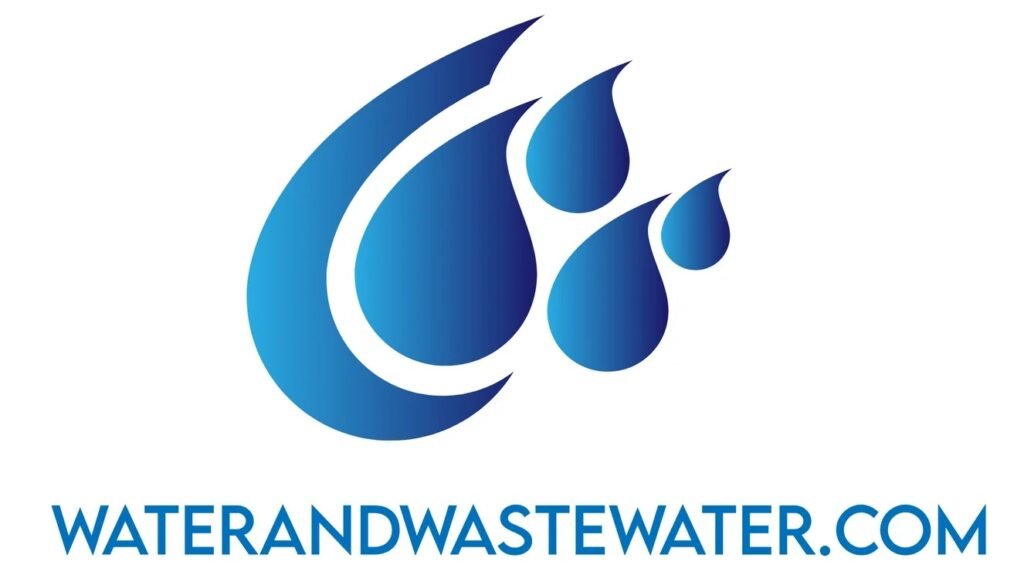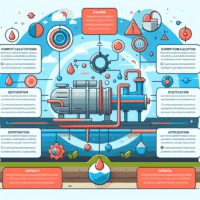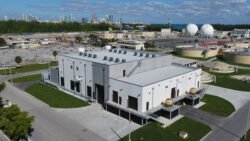Kangen Water Filtration System
Exploring the Kangen Water Filtration System: An In-Depth Analysis
Water is a fundamental part of human life, playing a crucial role in our health, hydration, and overall well-being. While most of us take plain water for granted, the process of purification has evolved significantly over the years. One of the intriguing innovations in water filtration is the Kangen Water Filtration System, known for its unique features and claims. In this article, we will explore Kangen water, its benefits, the technology behind the filtration system, potential health impacts, and more.
What is Kangen Water?
Kangen Water is a brand of water that has gone through a process of electrolysis, which is designed to create alkaline water. The term "Kangen" means "return to origin" in Japanese, reflecting the idea that the water mimics natural spring water, which is highly sought after for its purported health benefits.
The Kangen Water Filtration System is introduced by Enagic, a company based in Japan, which has created devices for producing Kangen water through various types of water machines. These machines filter tap water and enhance its properties to produce water that is alkaline, ionized, and micro-clustered.
Key Features of Kangen Water:
-
Alkalinity: Kangen water typically has a higher pH level, often ranging from 8.5 to 9.5. Proponents of alkaline water argue that it can help neutralize acid in the body and maintain a balanced pH.
-
Micro-clustered Structure: The ionization process is said to break down water molecules into smaller clusters, which proponents claim makes the water easier for the body to absorb and more hydrating.
-
Antioxidant Properties: Kangen water is marketed as a potent antioxidant, potentially helping to combat oxidative stress in the body.
- Taste: Users often report that Kangen water has a smoother, better taste compared to regular tap water.
The Science Behind Kangen Water
Electrolysis Process
The Kangen water filtration system primarily utilizes a process called electrolysis to produce its signature water. This process involves two key components: an anode (positive electrode) and a cathode (negative electrode). When water is subjected to electrolysis, it separates into two different streams: alkaline water (produced at the cathode) and acidic water (produced at the anode).
-
Alkaline Water Production:
- As water passes over the cathode, minerals like calcium, magnesium, and potassium get ionized. This enhances the pH of the water, making it more alkaline.
- Acidic Water Production:
- Conversely, the anode attracts negative ions and causes the formation of acidic water. This acidic water has applications in sterilization and cleaning due to its antimicrobial properties.
Filtration Technology
Kangen water machines typically incorporate several filtration stages to remove impurities before the electrolysis process begins. These stages may include:
- Pre-filtration: Removes chlorine, sediment, and heavy metals from the tap water.
- Activated Carbon Filtering: Further purifies the water, removing chloramines, bad tastes, and odors.
- Ionization: The final process that produces alkaline water and acidic water through electrolysis.
Given these processes, Kangen water claims to remove harmful contaminants while enhancing the water’s health benefits through ionization.
Benefits of Kangen Water
While individual experiences may vary, many users and advocates of Kangen water tout several benefits:
-
Improved Hydration: The micro-clustered structure of Kangen water is believed to aid in faster absorption at the cellular level, leading to better hydration.
-
Balance of pH Levels: Many people struggle with acidity in their diet, which can lead to conditions like indigestion or acid reflux. Consuming alkaline water is thought to help restore balance and alleviate these symptoms.
-
Antioxidant Support: Kangen water contains negatively charged ions that act as antioxidants, potentially neutralizing free radicals that contribute to aging and health problems.
-
Detoxification: Advocates suggest that Kangen water can help in flushing out toxins from the body, promoting a natural detoxification process.
- Enhanced Taste: Many users prefer the taste of Kangen water over regular tap water, making it more enjoyable to drink.
Potential Health Impacts and Considerations
Skeptical Views
Despite the array of benefits claimed by proponents, Kangen water has faced criticism and skepticism from health professionals. Some of the common concerns include:
-
Scientific Evidence: While anecdotal evidence abounds, there is a lack of robust scientific studies validating the numerous health claims surrounding Kangen water and alkaline water in general. Many experts call for more rigorous research to substantiate these benefits.
-
Over-Alkalinity: Excessive consumption of alkaline water can lead to a condition called metabolic alkalosis, which can manifest as nausea, vomiting, muscle twitching, and confusion. It is essential to consume any alkalized water in moderation.
-
Cost Implications: Kangen water machines can be significantly more expensive than other water filtration systems on the market, leading to debates about the cost-effectiveness of investing in such a device.
- Balanced Diet: Some health professionals argue that the body’s natural buffering systems are sufficient to manage acidity levels; hence, the pursuit of alkaline water might be unnecessary if an individual maintains a balanced diet.
Who Should Consider Kangen Water?
While the general population may benefit from consuming cleaner, filtered water, specific groups may find more utility in Kangen water:
- Health Enthusiasts: Individuals invested in their health and wellness may experiment with Kangen water to assess its potential benefits.
- Acidic Lifestyle: Those with diets high in processed foods may find Kangen water helpful in balancing acidity.
- Recreational Athletes: Some athletes explore Kangen water for improved hydration and recovery post-exercise.
How to Use Kangen Water
Using a Kangen water filtration system is straightforward. Here are some general steps to follow:
-
Installation: Follow the manufacturer’s instructions for setup. Most units require minimal assembly and can easily connect to standard kitchen faucets.
-
Preparation: Before producing Kangen water, allow your tap water to flow through the pre-filtering stages to remove impurities.
-
Select Alkaline Level: Most Kangen machines allow users to select the desired pH level of the water. The standard levels range from 8.5 to 9.5.
- Regular Maintenance: It is essential to follow a routine maintenance schedule, including cleaning the plates and changing filters as recommended by the manufacturer.
Comparing Kangen Water to Other Water Filtration Systems
The popularity of Kangen water has broad implications in the water filtration market, pitting Kangen machines against traditional water filters, reverse osmosis systems, and other ionizers.
1. Traditional Water Filters:
- Advantages: Usually more affordable, effective at removing a broad range of contaminants, and easy to maintain.
- Disadvantages: Generally do not alter water pH, so they won’t provide the alkalinity benefits.
2. Reverse Osmosis Systems:
- Advantages: Very effective at purification, removing nearly all contaminants and providing clean drinking water.
- Disadvantages: Tends to strip water of essential minerals, leading to more acidic levels, and often requires more maintenance.
3. Alkaline Ionizers:
- Advantages: Directly ionizes water and provides alkaline options similar to Kangen devices.
- Disadvantages: Some models may not include comprehensive filtration systems, leading to concerns about contaminants.
Conclusion
The Kangen Water Filtration System embodies a modern approach to water consumption, capitalizing on the health-conscious trend of seeking alkaline and mineral-rich water. While many users report positive experiences and benefits, the lack of extensive scientific backing remains a point of contention.
As with any health-related product, potential users should approach Kangen water with a discerning mind. Research extensively, consider your individual health needs, and consult with a healthcare professional if necessary before making a decision.
Ultimately, whether you choose to invest in a Kangen water filtration system or opt for another method of purification, ensuring you have access to clean, safe, and enjoyable drinking water is paramount. Water, in all its forms, remains an irreplaceable asset in the journey toward health and well-being. The quest for hydration is personal, and understanding the choices at hand is crucial for making informed decisions.


